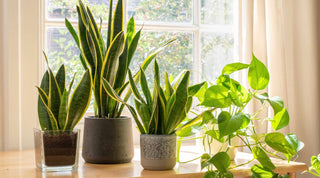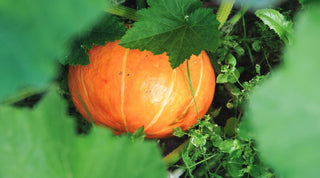Raised bed gardening is a fantastic way to grow your own food, flowers, and herbs, regardless of the quality of your native soil.
This approach offers numerous benefits, including improved soil conditions, better drainage, and easier access for planting and maintenance. Let’s dive into the world of raised bed gardening and uncover the tips and techniques you need for a flourishing garden.

What is Raised Bed Gardening?
Raised bed gardening involves growing plants in soil that is higher than the ground level, usually contained within a frame. These beds can be made from various materials like wood, stone, or even repurposed items, and filled with a mixture of soil and compost.
Benefits of Raised Bed Gardening
-
Improved Soil Quality: With raised beds, you have complete control over the soil quality, ensuring your plants have the nutrients they need.
-
Enhanced Drainage: Elevated soil drains better, preventing waterlogging and root rot.
-
Reduced Strain on Back and Knees: The raised design makes it easier to tend to your garden without bending or kneeling excessively.
- Fewer Weeds and Pests: The elevation can help deter some garden pests, and with well-defined borders, managing weeds becomes simpler.
Planning and Building Your Raised Beds
-
Location: Choose a sunny spot with at least six hours of direct sunlight daily. Ensure the location has access to water and is protected from strong winds.
-
Materials: Common materials for building raised beds include untreated wood (like cedar or redwood), bricks, or concrete blocks. Avoid treated wood as it may leach chemicals into the soil.
-
Size and Shape: Aim for a width that allows you to easily reach the center of the bed without stepping on the soil. A standard size is 4 feet wide by 8 feet long.
- Soil Preparation: Fill your beds with a mix of topsoil, compost, and other organic materials. This rich, loose soil promotes healthy root growth.
Planting in Raised Beds
-
Choosing Plants: Consider the sunlight and space requirements of each plant. Raised beds are excellent for both vegetables and flowers.
-
Spacing: Because the soil in raised beds is loose and fertile, you can plant crops closer together, which reduces weed growth and maximizes yield.
- Rotation and Companion Planting: Rotate crops each year to prevent soil depletion and disease. Use companion planting to maximize space and deter pests.
Maintaining Your Raised Garden Beds
-
Watering: Raised beds may require more frequent watering, especially during hot weather. Consider a drip irrigation system for consistent moisture.
-
Mulching: Apply a layer of mulch to conserve moisture, regulate soil temperature, and suppress weeds.
-
Fertilizing: Regularly add compost or organic fertilizer to replenish nutrients in the soil.
- Seasonal Care: In colder climates, protect your raised beds in winter by covering them with mulch or burlap.
Troubleshooting Common Issues
- Poor Drainage: If waterlogging is a problem, ensure adequate drainage at the base of the beds.
- Soil Erosion: If soil is washing away, check the bed’s structure and repair any gaps or weaknesses.
- Pest Intrusions: Use row covers or fencing to protect against pests like rabbits or deer.
Conclusion
Raised bed gardening is an effective and enjoyable way to grow a wide range of plants. With proper planning, building, and maintenance, your raised beds can provide bountiful harvests and a beautiful addition to your garden. Whether you’re a beginner or a seasoned gardener, raised beds offer an accessible and rewarding gardening experience.



